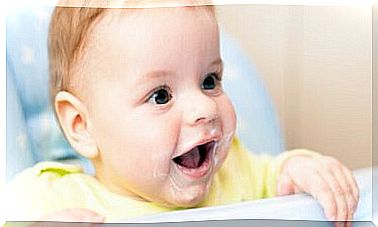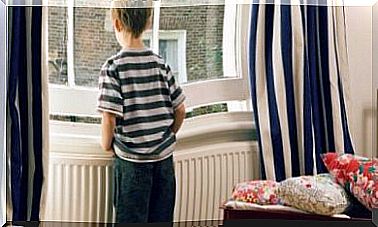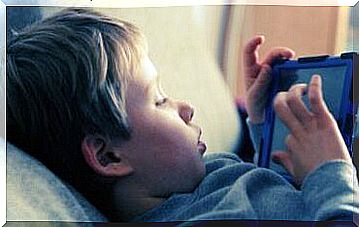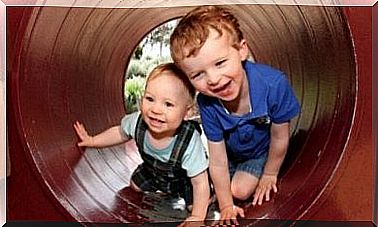Overcorrection To Change Children’s Behavior – Being Parents
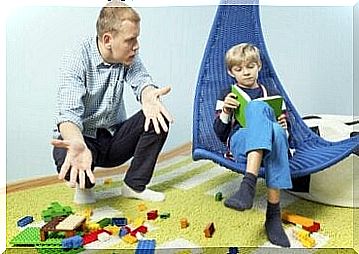
The education of a human being is a complex task which requires a lot of patience. Sometimes we feel like we have tried everything to reduce unwanted behavior from the little ones, and nothing seems to be working. In this article, we are going to talk about overcorrection, one of the most effective techniques for modifying their behavior.
Your child plays with the ball inside the house, hits his brother, writes on the walls or throws toys. Although you asked him a thousand times not to, it happened again. Frustration will likely cause you to lose your nerves and raise your voice. You’ll scold him, yell at him, and have a hard time doing it, but the behavior may reappear.
So, how to react? We have to set limits, but we are tired of fighting with our children. Overcorrection can be a good educational tool if you find yourself in this situation. It will help you eliminate negative behaviors while training desirable behaviors.

Overcorrection: an operational technique
Behavioralism is a branch of psychology that studies behavior in terms of its consequences. In this way, it is postulated that a behavior will vary its frequency of occurrence depending on the consequences that result from it. If they are positive it will increase, while if they are negative it will decrease. So, by changing the consequences, we can bring about changes in behavior.
There are two main ways of doing this: If we want the behaviors to appear more frequently, we’ll use reinforcement. On the contrary, if we want to reduce or eliminate the presence of a behavior, we will use punishment.
Overcorrection therefore falls within the framework of punishment techniques, since its objective is to reduce the frequency of undesirable behavior. However, this technique has several advantages over others in the same category:
- It is a technique that is harmless to the health and physical and psychological integrity of the child. No harm is done to the child and no model of aggression is used (as is the case with corporal punishment).
- When punishment techniques are used, it is possible for the child to generate resentment and other negative emotions against the adult who imposes it. In this case, the chances of this happening are reduced to a minimum.
- It teaches the child the appropriate behaviors, so that while we fight the unpleasant behaviors, we establish a positive alternative.
What is overcorrection?
We know this is an operational technique aimed at changing negative behavior. But, how do you get there? It is for the child to adopt in a repetitive or prolonged way an appropriate behavior which is directly related to that which one wants to eliminate. Moreover, the little one must do it in a manner contingent to the same behavior.
That is, for each unwanted behavior, we have to choose another related, but positive behavior. Whenever the first appears, the child has to perform the second several times or for a long time. There are two ways to overcorrect:
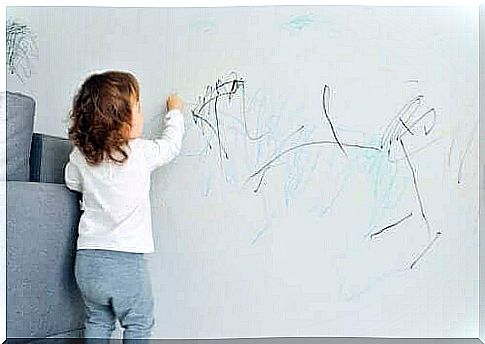
- Restorative overcorrection : it is indicated in behaviors that have a disruptive or destructive effect on the environment. For example, if the child painted the table. In this case, it’s about restoring the negative effects of his misconduct, leaving the space even better than it originally was. In this case, we will ask him to clean the table he has soiled and, in addition, the rest of the furniture in the room.
- Positive practice : when the behavior to be eliminated does not produce any alteration in the environment, we use this method. For example, if the child leaves his clothes on the bathroom floor. The positive practice is for the child to behave inconsistently with the first several times or longer than necessary. For example, she could be asked to practice 10 times picking up clothes from the floor and putting them in the dirty clothes basket.
Consistent consequences
As we can see, although it is a punishment, the punitive element is not arbitrary, it is completely related to the problematic behavior. In this way, we teach the child through natural consequences and not through irrelevant punishments.
Restoring the environment or adopting appropriate behavior has more educational value than, for example, depriving television. For this reason, and thanks to its high efficiency, overcorrection is a technique to be taken into account.

